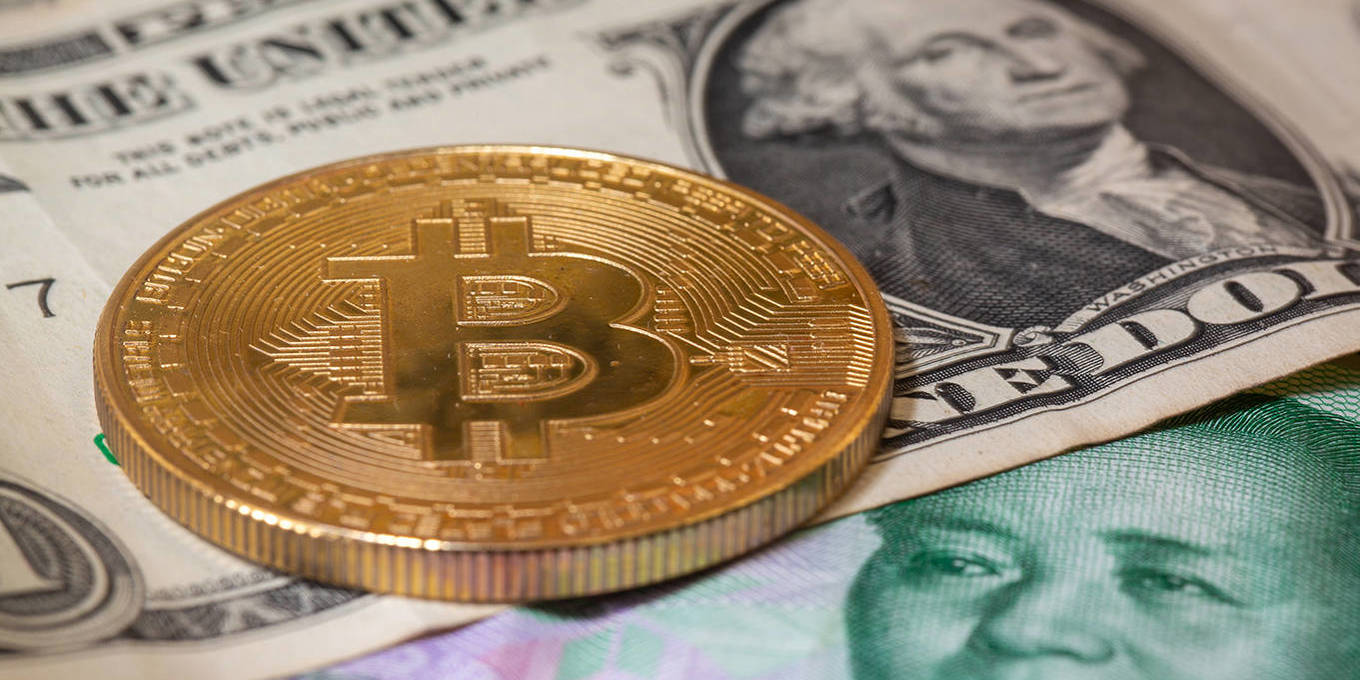
NEW YORK – What does the future hold for money and payment systems? While it will surely feature unprecedented technologies, foreseeing the full picture requires historical context.
Traditionally, money and payment systems have run on a combination of base money (issued by a central bank) and private-sector money, typically issued by commercial banks through demand deposits, credit cards, and so forth. Since newer fintech payment systems such as Alipay, WeChat, Venmo, or PayPal are still linked to bank deposits and credit cards, they represent evolution, not revolution.
As for Bitcoin and other decentralized crypto assets, none has become a currency because none is a unit of account, scalable means of payment, stable store of value, or numeraire (a benchmark for other similar assets). El Salvador went so far as to declare Bitcoin legal tender, but, at best, some 5% of transactions for goods and services are settled with it.
True, with the Trump administration creating a Strategic Bitcoin Reserve, and with more institutional investors adding it to their portfolios, some commentators believe that Bitcoin will become a store of value over time. But this has yet to be tested.
What other possibilities do distributed-ledger technologies (DLTs) create? Leaving aside crypto assets, which will remain volatile tokens for speculative activities, three other options have emerged: central bank digital currencies (CBDCs), stablecoins, and tokenized deposits.
Fears that CBDCs would disintermediate banks or facilitate bank runs in times of financial panic have diminished now that limits are likely to be imposed on CBDC balances. In most cases, central banks will aim only to provide a public safe asset for people’s digital wallets, rather than an alternative to private-sector payment systems; and most CBDCs will not be “programmable” or interest yielding.
That means private-sector solutions will continue to dominate payments. Fintech can offer cheap, safe, and efficient options that are not necessarily based on DLT; and now governments are offering real-time payment rails for banks and corporate firms that facilitate cheap and immediate settlement. And even in the DLT domain, the tokenization of money-market funds or interest-bearing “flatcoins” (pegged to a basket of assets) may drive adoption of new forms of quasi or broad money that can be seamlessly converted into digital moneys that provide payment services.
But preferences differ markedly across jurisdictions. In the United States, the Trump administration’s ideological opposition to CBDCs has led it to favor stablecoins (prompting warnings from the Bank for International Settlements (BIS) of a return to the shambolic free banking of the nineteenth century, only in a digital format). In Europe, by contrast, worries about stablecoin risks – such as a new doom loop between the treasury and stablecoin issuers, and poor anti-money laundering and “know your customer” practices – imply a preference for CBDCs and tokenized deposits. And in China, an aversion to potentially decentralized stablecoins has led the government to favor a CBDC, plus fintech payment solutions.
Ideally, each of these solutions would co-exist and play a different role within a well-organized system of digital currencies. A CBDC would be the public safe asset in people’s digital wallets, providing a foundation of trust for the entire system. Stablecoins would then be used for domestic peer-to-peer or international payments, and tokenized deposits would be used for inter-bank transactions.
So far, one of the only jurisdictions that seems to have recognized the importance of implementing this “pyramid” of digital currencies is the United Arab Emirates, which is creating the most welcoming environment for digital assets at the global level. In this context, it bears mentioning that while new digital forms of money are based on some form of DLT, most run on centralized rather than decentralized ledgers, and they tend to be permissioned by authorized and trusted validators, rather than through permissionless and trustless transactions. Or put another way, they are closer to traditional centralized ledgers than to a true DLT.
Still, many of those tokenizing real-world assets do seem to be opting for DLT as the preferred “unifying platform,” with digital assets being denominated in native-digital currencies. Thus, rather than focusing on the race for dominance over domestic or cross-border payment systems, we suggest watching the geopolitics of digital currencies, given their potential to serve as global reserve assets.
Seeking a greater global role for the renminbi, in part to mitigate the risk of future US financial sanctions, China is pushing for its CBDC, the e-CNY, to be used in cross-border transactions among countries involved in China’s Belt and Road Initiative (and its sister project, the Digital Silk Road). With m-Bridge, a technology originally designed with the BIS, the e-CNY could be used to bypass dollar channels and the SWIFT system for cross-border transactions; in fact, China already has its own alternative to SWIFT: CIPS (Cross-border Interbank Payment System).
These moves suggest that the eurozone could be squeezed between a still-dominant dollar (whose role would be boosted by the widespread adoption of dollar-pegged stablecoins) and a rising e-CNY. Europe is therefore moving fast to introduce a digital euro, which could help maintain the single currency’s global reserve role and grant some “strategic autonomy” to the European Union.
Finally, the Trump administration is pushing stablecoins (through the recent GENIUS Act) to preserve the dollar’s dominant role in global payments and as a reserve currency. With dollar-based stablecoins now re-dollarizing the global economy, both China and the eurozone are re-considering their earlier skepticism and contemplating issuing their own stablecoins.
The future of money and payment systems will be characterized by evolution, not some radical crypto revolution. Network effects give current systems an incumbency advantage. Over a decade and a half after Bitcoin’s launch, the main advance in crypto is the stablecoin, which is just a digital version of fiat currency; and even the adoption of stablecoins will be gradual. Money is too much a public good and too much a national-security concern to be left to private, anonymous, decentralized actors. One way or another, it will remain within the state’s purview.



